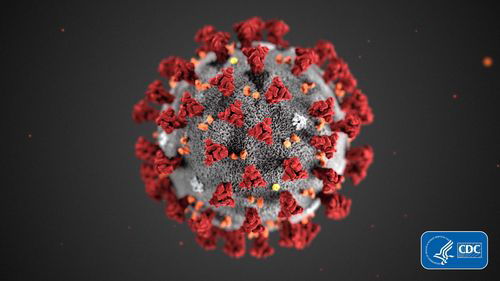New COVID-19 variant detected in Monterey County
SALINAS, Calif. (KION) The California Department of Public Health announced Sunday a COVID-19 variant first found in other countries and states is now popping up more often in California, including in Monterey County.
The L452R variant of COVID-19 is still being sequenced and researched by local, state and federal partners, as well as labs to learn more about how it spreads.
“It is common to identify variants of viruses like SARS-CoV-2, and we are working with our federal, local and university partners to better understand this variant and how it might impact Californians,” said Dr. Erica Pan, an epidemiologist for CDPH. “It’s too soon to know if this variant will spread more rapidly than others, but it certainly reinforces the need for all Californians to wear masks and reduce mixing with people outside their immediate households to help slow the spread of the virus. We also urge anyone who has been exposed to the virus to isolate from others to protect themselves and their loved ones.”
This variant is not the same as the one detected first in the United Kingdom, known as the B.1.1.7 variant. The state says the 452R variant is possibly responsible for several large outbreaks in Santa Clara County.
“The fact that this variant was identified in several large outbreaks in our county is a red flag and must be investigated further,” said Santa Clara County Health Officer Dr. Sara Cody. “This virus continues to mutate and adapt, and we cannot let down our guard. This news underscores the need for everyone to follow all prevention measures and get vaccinated as soon as they are offered the vaccine.”
The 452R variant has also been detected in Humboldt, Lake, Los Angeles, Mono, Monterey, Orange, Riverside, San Francisco, San Bernardino, San Diego and San Luis Obispo Counties. Researchers do not yet know how widespread the variant is in California, in the US and internationally.
State health officials continue to implore the public to follow COVID-19 safety guidelines like:
-Staying home except for essential activities
-Wearing a mask when leaving home
-Limiting interactions with people outside your immediate household
-Keeping physical distance of at least 6 feet apart
-Washing hands for 20 seconds
-Getting the COVID-19 vaccine if you are eligible and vaccine is available in your area



